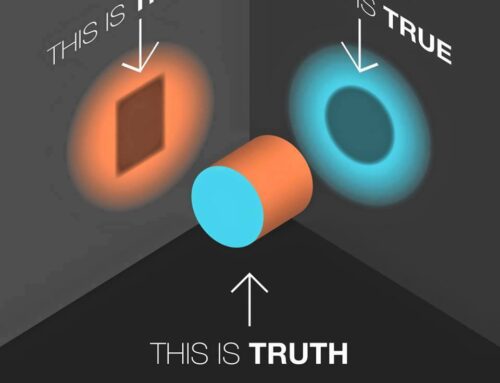
Adversity is an inevitable part of life. Whether it’s a natural disaster, a profound personal loss, or an unexpected setback, we all face challenges that can feel overwhelming. But how we respond to adversity can shape not only how we move through it but also who we become on the other side.
Take a moment to think about the last time life threw you an unexpected curveball. Maybe you lost a job you depended on, experienced the heartbreak of losing a loved one, or faced the devastation of losing your home in a fire. In moments like these, it’s natural to feel sadness, frustration, or even anger. But amidst the pain, there’s another perspective we can embrace: the possibility for growth, healing, and transformation.
When adversity strikes, we have a choice in how we respond. It’s not about pretending everything is fine but about stepping into our inner strength, what I call our “sage mind”—the part of us that seeks solutions, growth, and wisdom. From this perspective, we can make three powerful choices:
1. Accept the situation and move forward.
Sometimes, the best thing we can do is acknowledge what’s happened and choose to focus on what lies ahead. For example, if your home has been damaged or destroyed, it’s heartbreaking. While the loss is real and must be grieved, accepting the situation allows you to focus your energy on rebuilding and creating something new. Acceptance doesn’t mean you’re okay with what happened—it means you’re choosing not to let it hold you hostage.
2. See adversity as an opportunity to grow or learn.
Challenges, while painful, often teach us lessons that can shape our future. Losing a job might push you to explore a new career path, discover a hidden talent, or develop skills you never knew you needed. Similarly, facing a tragedy can deepen your empathy for others or clarify what truly matters in life. Growth isn’t about denying your pain—it’s about allowing it to guide you toward a more meaningful future.
3. Be open to the unexpected gifts adversity can bring.
Sometimes, our toughest experiences reveal hidden strengths or lead us to opportunities we wouldn’t have pursued otherwise. For instance, losing a home might lead you to a new community where you find connection and purpose. The process of rebuilding—whether it’s your home, career, or life—can create a foundation even stronger than before.
“The wound is the place where the Light enters you.” — Rumi
There’s a beautiful metaphor for this in the Japanese art of Kintsugi, where broken pottery is repaired with gold. The cracks, rather than being hidden, are celebrated as part of the object’s history, making it more beautiful and valuable. In the same way, our personal challenges can shape us into stronger, more compassionate, and more resilient versions of ourselves.
Finding Clarity in Contrast
Adversity often serves as a mirror, reflecting what we truly value and helping us define what we want moving forward. Losing a home may deepen your appreciation for the people in your life, while dealing with a difficult transition might reveal inner strengths you didn’t realize you had. When we clearly see what we don’t want, it helps us redefine what we do want in our lives.
Healing the Deeper Wounds
Sometimes, our emotional reactions to adversity point us toward deeper healing. If a setback stirs up profound feelings of anger or despair, it might be connected to an old wound or unresolved trauma. Taking the time to address those feelings can make us more resilient and better equipped to handle future challenges.
Turning Adversity into Beauty
Life’s adversities can feel overwhelming, but they can also become the gold that fills the cracks in our stories. They teach us resilience, clarity, and even gratitude for what remains. So, the next time life feels like it’s breaking you, consider this: what beauty could emerge from the pieces? Could this challenge teach you something about yourself, guide you toward a new purpose, or reveal an inner strength you didn’t know you had?
You may not have control over what happens, but you always have the power to choose how you respond. Embrace the cracks—they are part of your journey, and with time and care, they can become the most beautiful parts of your story.






